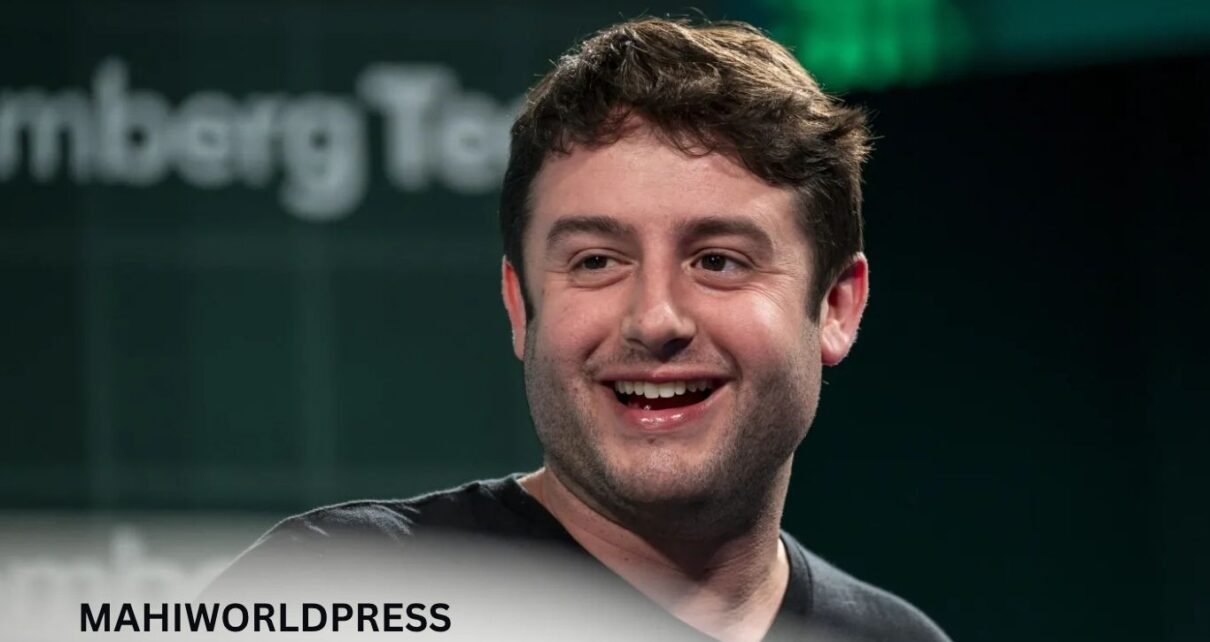In late July 2025, Figma, the widely used design collaboration platform, priced its IPO at $33 per share, topping its revised range of $30–$32. The public listing raised approximately $1.2 billion, valuing the company at about $19.3 billion—just shy of the $20 billion acquisition offer Adobe made in 2022, which was later abandoned due to regulatory challenges.
The strong pricing and successful debut position Figma as one of the year’s most significant IPO stories, and a possible inflection point for tech-heavy public offerings.
Why the IPO Price Matters
Investor Confidence & Demand
Initially targeting $25–$28 per share, Figma raised its expected range to $30–$32 before finally pricing at $33, indicating robust demand from institutional investors. This extra premium underscores confidence in Figma’s growth trajectory and profitability outlook.
Market Timing & Strategy
Figma navigated a long-awaited public market debut amid a resurgence in tech IPO appetite. Its successful offering comes as one of the few high-value listings in 2025, offering IPO-market optimism to other tech companies.
Strong Financial Backdrop
- 2024 Revenue: Approximately $749 million, up 48% year-over-year
- Q1 2025 Revenue: Around $228.2 million, up 46%; net income tripled to $44.9 million
- Enterprise Presence: Used by over 95% of Fortune 500 companies; over 13 million monthly active users globally
These metrics justified the valuation near the Adobe-level benchmark and aligned with investor expectations for a mature SaaS platform.
IPO Financial Overview
| Metric | Value |
|---|---|
| IPO Price per Share | $33 |
| Price Range Raised | $30–$32 |
| Shares Sold | 36.94 million total |
| Capital Raised | ~$1.2 billion |
| Valuation | ~$19.3 billion fully diluted |
| Key Investors Cashing Out | Index Ventures, Greylock, Kleiner Perkins, Sequoia |
| Stock Ticker | NYSE: FIG |
Notably, only 12.47 million shares came from the company itself; the remainder were sold by existing investors, yielding liquidity without diluting core ownership too severely.
Strategic Background
The Adobe Acquisition That Never Was
In 2022, Adobe had agreed to acquire Figma for $20 billion, a landmark deal expected to consolidate the UX/UI design software market. It collapsed in 2023 after antitrust objections from regulators in Europe and the UK. Figma received a $1 billion reverse breakup fee, which funded much of its runway leading up to the IPO.
AI and Product Expansion
Figma has doubled down on innovation post-Adobe deal:
- Introduced AI-driven tools for design automation and prototyping
- Launched new offerings such as presentation tools, website publishing capabilities, and marketing asset generators
- Committed IPO capital to R&D (approx. $400M), acquisitions, and global expansion
This product evolution helped reinforce investor conviction in Figma’s long-term value.
Why This IPO Is a Bellwether
Largest VC‑Backed Tech Listing in Years
Figma’s $19.3 billion valuation makes it the largest venture-backed tech IPO since Rivian. It sets a benchmark for other privately held startups aiming to tap public capital markets.
Reopening the IPO Window for Software
Following a drought of unicorn IPOs, Figma’s success may encourage high-growth software names—such as Canva, Databricks, and Genesys—to pursue public listings or follow-on offerings in the near future.
Investor Gains
Top investors like Index Ventures, Greylock Partners, Kleiner Perkins, and Sequoia Capital realized significant returns at $33 a share. Co-founder Dylan Field and board member Mamoon Hamid also sold millions of shares, reaping tens of millions in proceeds.
Leadership Perspective & Long-Term Vision
Figma co-founder and CEO Dylan Field emphasized long-term value over short-term appreciation. He acknowledged market volatility and expressed that future focus lies in sustainable growth and global leadership.
Post-IPO plans outline:
- AI innovation that enhances collaboration and automation
- Strategic acquisitions in adjacent design and developer tool areas
- International expansion, particularly in Asia-Pacific and Europe, backed by a marketing and operational footprint
Leadership emphasized that investors should not expect overnight gains, but instead anticipate a decade-long compounding approach.
What’s Next?
Trading under the FIG ticker, Figma’s shares began trading on the NYSE following the IPO close. Analysts expect possible trading highs well beyond initial pricing, with pre-market bids reaching up to $80 per share—a significant markup off the $33 IPO price.
Figma now faces post-IPO challenges:
- Delivering consistent financial performance
- Rolling out AI features that justify premium SaaS pricing
- Fending off competition from established design platforms
- Meeting investor expectations for capital allocation and long-term growth
Key Takeaways
- Figma priced above raised range, at $33 vs. $30–32, raising $1.2 billion and achieving a $19.3 billion valuation
- The IPO echoes investor confidence in Figma’s dominance of collaborative design software
- Marks the largest VC‑backed U.S. tech company IPO in years
- Signals potential resurgence for tech IPOs amid improving market conditions
- Paves a path forward for continued AI-driven product expansion and global growth
Conclusion
Figma’s IPO is more than a successful capital raise—it’s a symbolic moment signaling both the company’s resilience after a failed Adobe acquisition and renewed life in the tech IPO market. Priced above expectations, backed by strong financials and visionary leadership, Figma enters the public domain with momentum—and high expectations.
Whether you’re a designer, investor, or tech watcher, Figma’s listing at $33 per share is a story of strategic transformation, market confidence, and potential runway for long-term innovation.
FAQs
Q: What was Figma’s IPO price?
A: $33 per share, above the revised range of $30–32.
Q: What valuation does this imply?
A: Approximately $19.3 billion based on fully diluted shares.
Q: How much capital did Figma raise in the IPO?
A: Around $1.2 billion, including both company shares and secondary sales.
Q: Who is Figma competing with?
A: It competes with legacy tools like Adobe XD and Sketch, but has surpassed many in market adoption.
Q: Why did Figma go public instead of selling to Adobe?
A: The Adobe deal was terminated due to regulatory concerns, and Figma chose to pursue long-term growth via public markets instead.


